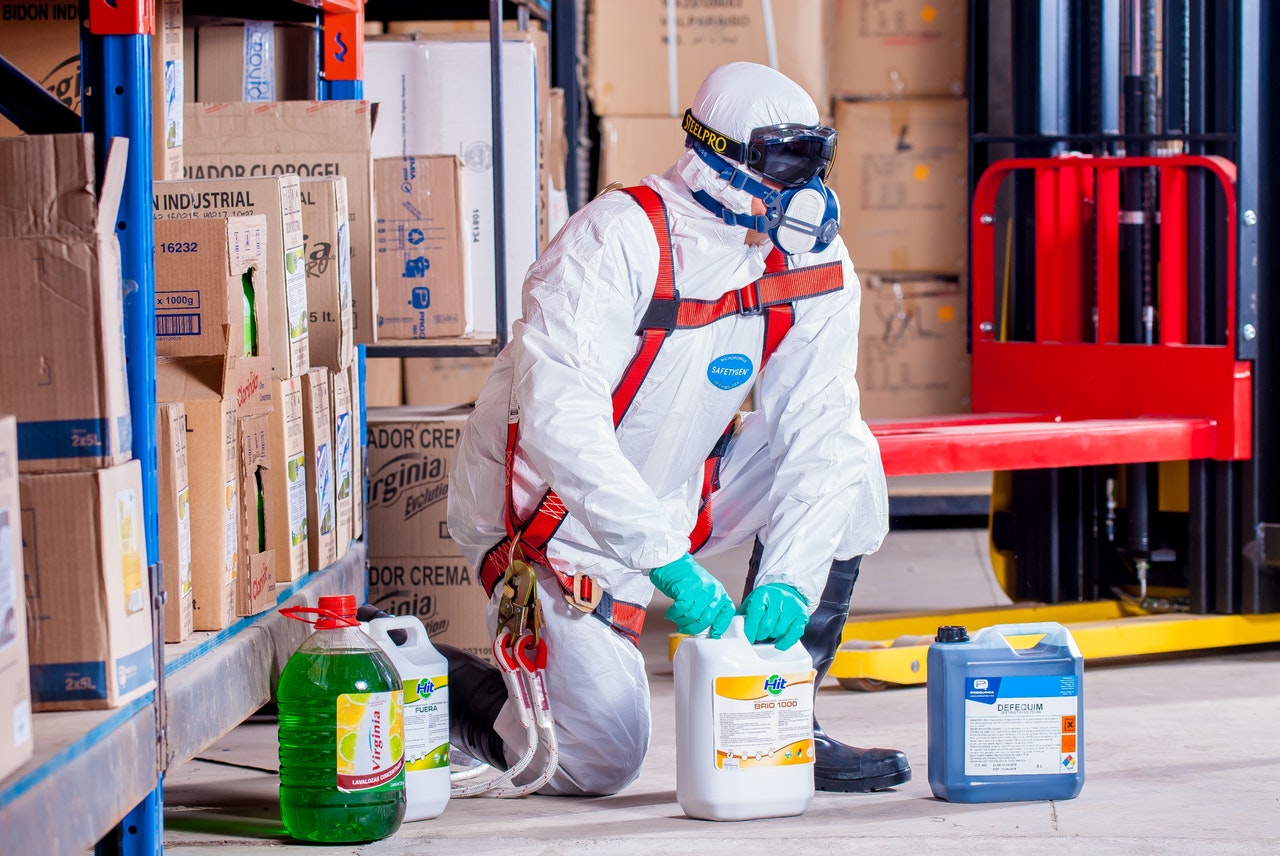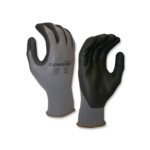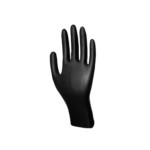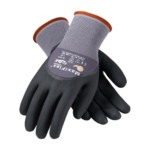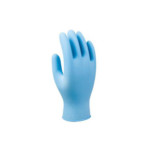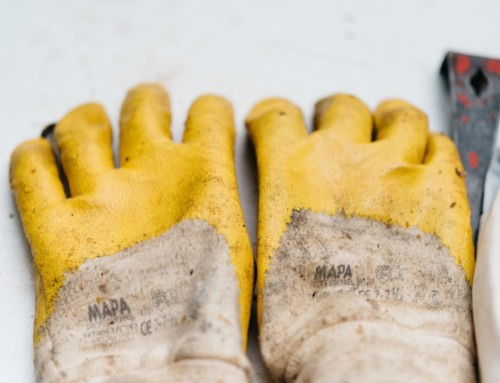Nitrile is a common component in personal safety equipment, especially in gloves. But what exactly is it and why is it in so many types gloves?
Well, Nitrile is a type of synthetic rubber, commonly referred to as NBR that is created by combining two types of copolymers. The two copolymers, acrylonitrile and butadiene, are placed in a steel vessel and polymerization occurs to create Nitrile.
Together, these to copolymers form to create an unnaturally resistant rubber that is hard to puncture, making it ideal for a multitude of tasks.
Nitrile is resistant to a wide variety of oils, fuels, acids, and other chemicals. The more resistant, the less flexibility in the rubber. This is why nitrile is often woven with other fabrics to create resistant gloves that still allow for flexibility.
Nitrile has a long list of applications outside of gloves and is often used in:
- Hoses
- Gaskets
- Oil Seals
- Synthetic Leather
- Cable Jacketing
- Printer Rollers
- Automotive Transmission Belts
Nitrile in Gloves
Nitrile is used in gloves in three different ways; flat, foam, and micropore, and can comprise the entire glove or be used as just a palm coating.
Flat Nitrile Gloves
Flat Nitrile gloves are single-use, disposable gloves. Great for general purpose work, however, it is important to test the elasticity. If a disposable glove does not have a good elasticity, it will break much quicker, resulting in more gloves used, which will cost you more money. So while Nitrile gloves are often more durable than vinyl or latex, it is imperative to test your gloves before use.
Foam Nitrile Gloves
Foam Nitrile is created by taking flat Nitrile and whipping it into a foam. This foam is often used in palm coatings and is great for absorbing liquids while keeping your grip. However, it is important to test your Nitrile gloves in the liquid you will be using them with. Water-based liquids tend to cause some slippage in grip with Nitrile. Performing a workplace audit and testing gloves before use will help you determine if foam Nitrile gloves are best.
Micropore Nitrile Gloves
Created from flat Nitrile, micropore is a technique that leaves little bumps and divots in the Nitrile coating. These divots act as a suction to increase grip, especially when working with oils, and unlike foam Nitrile, it doesn’t absorb liquid.
- Foam Nitrile Coated Gloves
- Disposable Nitrile Gloves
- Finger and Palm Coated Maxiflex Nitrile Glove
- Powder-Free 4 Mil. Rolled Cuff Nitrile Glove
How Does Nitrile Compare to Latex
Latex is a natural material that comes from plants, although a synthetic latex can be created through a polymerization process similar to Nitrile. But how does it compare to Nitrile?
Assuming none of your employees has an allergy to latex, these gloves tend to be more economical than Nitrile gloves. They offer a higher level of touch sensitivity due to the thinner nature of latex rubber but offer less resistance to chemicals and petroleum-based products.
Choosing the Right Glove
Choosing which type of Nitrile glove you need depends on the application of your worker. Consider all the materials they come in contact with and get a glove that can stand up to them all, even if it is uncommon for them to handle certain chemicals. You want them to be protected no matter what.


